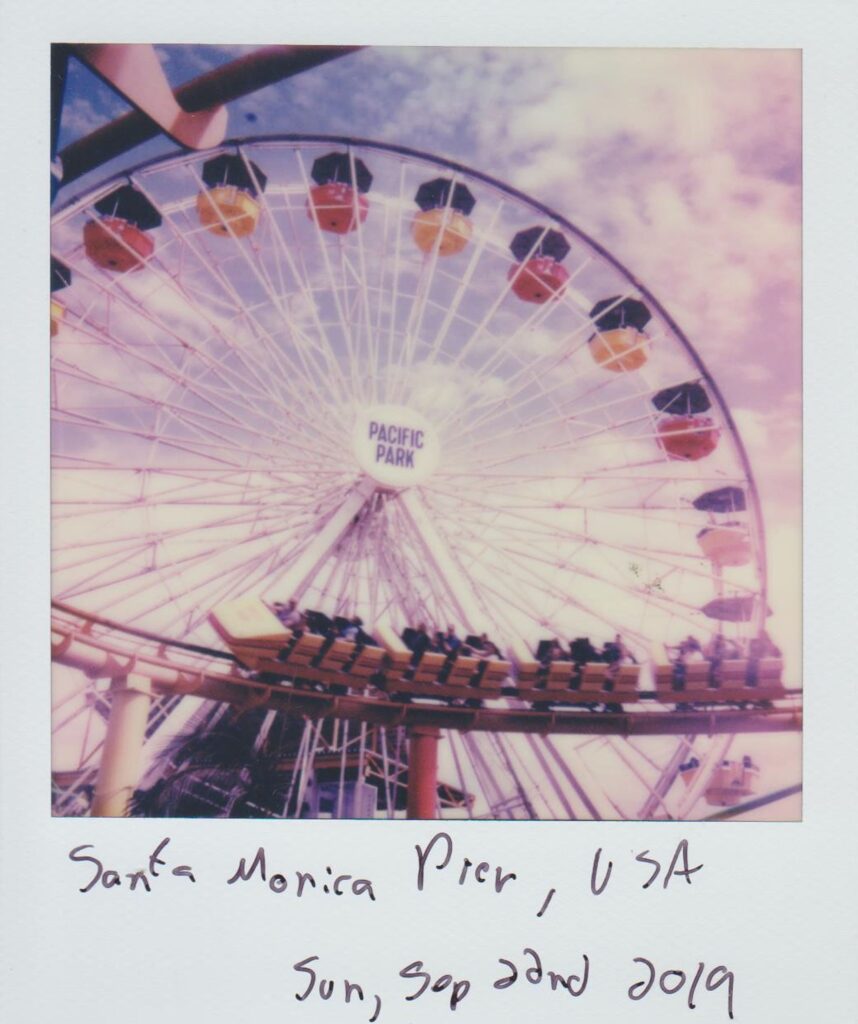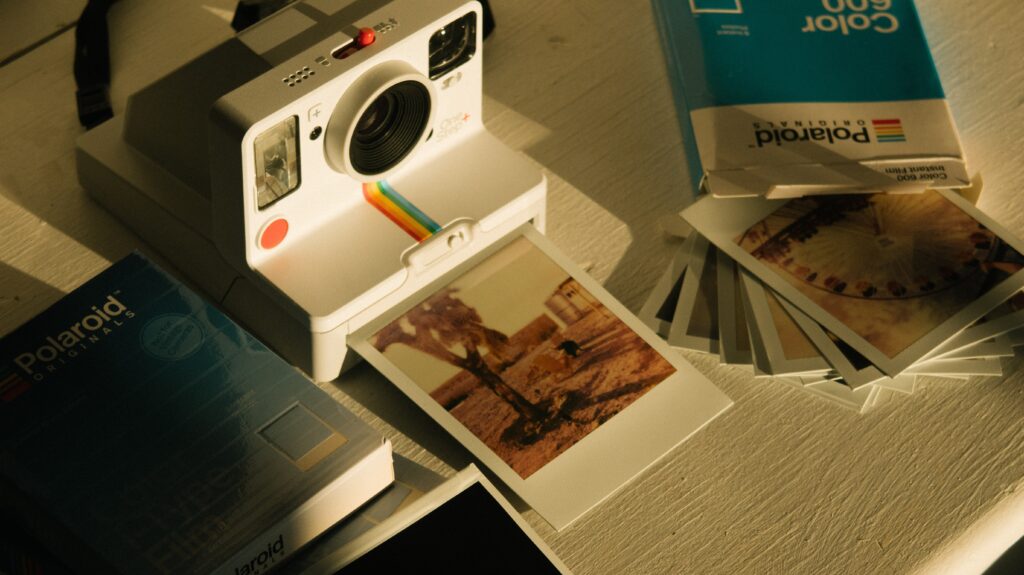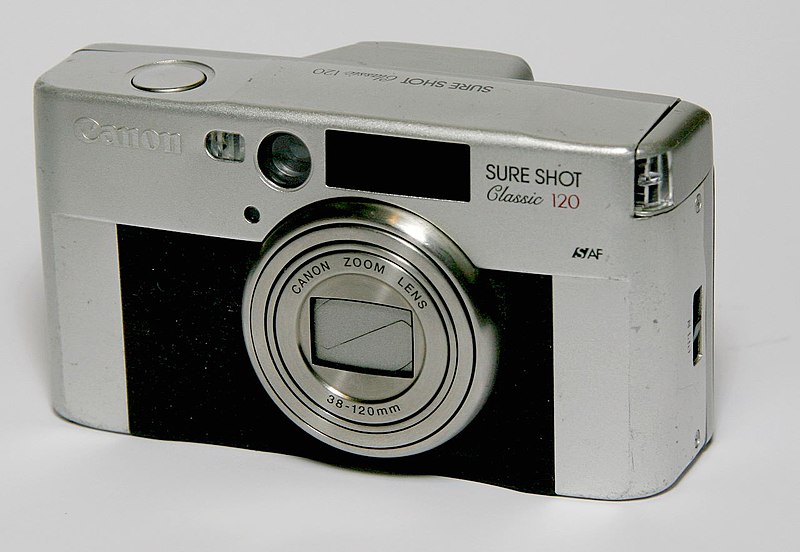Instant photography has seen a resurgence in popularity in recent years, and Polaroid film remains a favorite among photography enthusiasts. However, the high cost of Polaroid film can be a barrier for some. In this post, we’ll answer the question of why Polaroid film is so expensive and compare it to other instant film formats. We’ll also explore the historical pricing of Polaroid film, cheaper alternatives to Polaroids, and the lifespan of Polaroid film.
Why is Polaroid Film Expensive?
The production process for Polaroid film is complex and involves the use of rare chemicals. Each pack of Polaroid film contains a battery that powers the film’s development process, which adds to the cost. Additionally, the market for Polaroid film is relatively small, which means the cost of production is spread across fewer units, further driving up the price.
Another factor that contributes to the high cost of Polaroid film is its unique appeal. Instant film photography has a distinct aesthetic and offers a tangible, one-of-a-kind experience that digital photography cannot replicate. This exclusivity and nostalgia factor may also contribute to the higher price point.
Compared to digital photography and other film formats, Polaroid film is undoubtedly more expensive. However, many photographers argue that the unique qualities of instant film photography make it worth the cost.
Why is Polaroid Film More Expensive Than Instax?

First off, Instax film boasts a more efficient production process, courtesy of Fujifilm’s optimized manufacturing lines. By utilizing different chemicals and streamlining the process, Fujifilm is able to churn out larger quantities of Instax film at a reduced cost. On the other hand, Polaroid film production involves a more intricate chemical process, leading to a lengthier and pricier production.
Furthermore, the market for Instax film far surpasses that of Polaroid film. Instax has captured a wider audience with its affordability and diverse camera options, allowing for economies of scale that further lower production costs. In contrast, Polaroid film’s smaller market share makes it challenging to achieve similar cost reductions. Additionally, the iconic status of Polaroid in the photography world has resulted in numerous patents and licensing agreements.
These intellectual property costs might be passed down to consumers in the form of pricier film. Instax, lacking the same level of brand recognition, might not incur such high licensing costs.
Finally, the formats and materials of the two film types play a role in the price disparity. Polaroid film tends to be thicker and more rigid, which can hike up production costs. Conversely, the thinner, more flexible Instax film likely helps keep manufacturing costs down. Plus, Polaroid film often includes a built-in battery for the camera, while Instax film does not, adding to the cost of Polaroid film.
Historical Pricing of Polaroid Film
In the 1970s, a pack of Polaroid film cost around $3, which is roughly equivalent to $20 in today’s dollars when adjusted for inflation. The cost of Polaroid film has increased since then, and a pack of Polaroid film now costs around $20-$25, depending on the format and number of shots.
It’s important to note that technological advancements have also impacted the pricing of Polaroid film. For example, the discontinuation of certain Polaroid film formats, such as Type 55, has driven up the price of remaining stock.
Cheaper Alternatives to Polaroids
There are several alternative instant film formats available that may be more affordable than Polaroids. Fujifilm’s Instax film is one popular option that is often compared to Polaroid film. The Impossible Project also produces instant film that is compatible with Polaroid cameras.
Each alternative film format has its pros and cons, and it’s worth considering the cost, image quality, and availability when choosing a format.
Lifespan of Polaroid Film

The lifespan of Polaroid film can vary greatly, with factors like storage conditions, the film’s age, and the specific film type playing key roles. When stored correctly, Polaroid film can generally last between 10 and 15 years, maintaining its performance and quality throughout that period.
To maximize the lifespan of your Polaroid film, it’s essential to store it in a cool, dry spot that’s not exposed to direct sunlight. Heat, humidity, and light can cause the film’s chemicals to break down, leading to image quality problems or even rendering the film unusable. Keeping the film in a consistent environment with minimal temperature changes can help maintain its integrity.
It’s also important to consider the age of the film when you buy it. Older film stocks might have a shorter remaining lifespan, particularly if they haven’t been stored under ideal conditions. If you can, opt for fresh film stock or film that has been properly stored to ensure optimal performance and longevity.
Lastly, bear in mind that the lifespans of various Polaroid film types can differ due to the unique chemicals and materials used in their production. Make sure to research the anticipated lifespan of the specific film type you’re using and adhere to any guidelines provided for proper care and storage.
Conclusion
Polaroid film may be more expensive than other film formats and digital photography, but its unique qualities and nostalgia factor make it a beloved format among photography enthusiasts. While cheaper alternatives exist, it’s important to consider factors such as image quality, availability, and lifespan when choosing a format. Regardless of the format you choose, proper storage and maintenance are crucial to ensure the longevity and quality of your instant film photographs. Embracing the charm and exclusivity of Polaroid film can provide an unparalleled experience for photographers seeking a more tactile and nostalgic form of capturing memories. In the end, the decision to invest in Polaroid film comes down to personal preference and the value one places on the distinct characteristics it offers.


